Hanselminutes Podcast 39 - Identity and CardSpaces
 My thirty-ninth Podcast is up. This one is about Identity, Information Cards and Windows CardSpaces.
My thirty-ninth Podcast is up. This one is about Identity, Information Cards and Windows CardSpaces.
We're listed in the iTunes Podcast Directory, so I encourage you to subscribe with a single click (two in Firefox) with the button below. For those of you on slower connections there are lo-fi and torrent-based versions as well.
Links from the show are also always on the show site, although this show had no links to speak of. Do also remember the archives are always up and they have PDF Transcripts, a little known feature that show up a few weeks after each show.
Our sponsors are CodeSmith Tools, /nsoftware and the .NET Dev Journal.
There's a $100 off CodeSmith coupon for Hanselminutes listeners - it's coupon code HM100. Spread the word, now's the time to buy. This coupon is good for the CodeSmith Professional With 1 Year Premier Support option.
As I've said before this show comes to you with the audio expertise and stewardship of Carl Franklin. The name comes from Travis Illig, but the goal of the show is simple. Avoid wasting the listener's time. (and make the commute less boring)
- The basic MP3 feed is here, and the iPod friendly one is here. There's a number of other ways you can get it (streaming, straight download, etc) that are all up on the site just below the fold. I use iTunes, myself, to listen to most podcasts, but I also use FeedDemon and it's built in support.
- Some other clients are Doppler (also suppose Windows CE), FireAnt, Nimiq, and PrimeTime Podcast.
- Note that for now, because of bandwidth constraints, the feeds always have just the current show. If you want to get an old show (and because many Podcasting Clients aren't smart enough to not download the file more than once) you can always find them at http://www.hanselminutes.com.
- I have, and will, also include the enclosures to this feed you're reading, so if you're already subscribed to ComputerZen and you're not interested in cluttering your life with another feed, you have the choice to get the 'cast as well.
- If there's a topic you'd like to hear, perhaps one that is better spoken than presented on a blog, or a great tool you can't live without, contact me and I'll get it in the queue!
Enjoy. Who knows what'll happen in the next show?
About Scott
Scott Hanselman is a former professor, former Chief Architect in finance, now speaker, consultant, father, diabetic, and Microsoft employee. He is a failed stand-up comic, a cornrower, and a book author.
About Newsletter



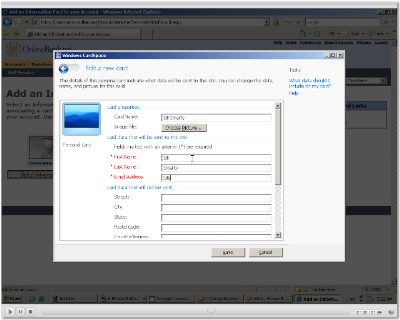
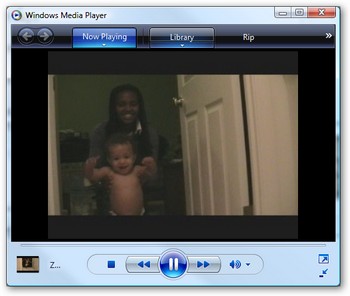
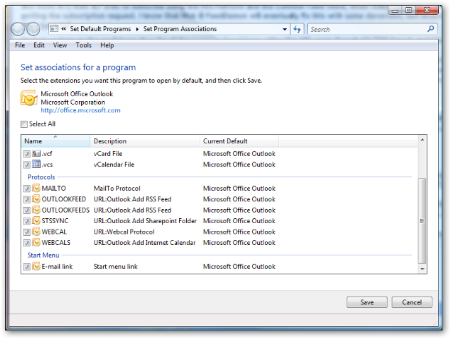
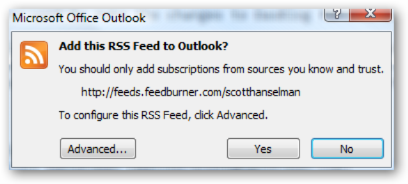
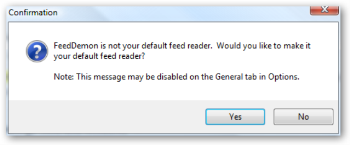
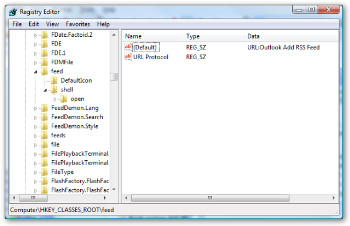 You can test these various protocols on your machine by trying each of the following links:
You can test these various protocols on your machine by trying each of the following links: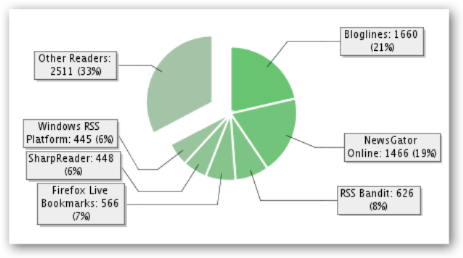 Rather than blaming NewsGator or Microsoft, I'm forced to ask, is it really this hard to keep my Feeds and Read Status sync'ed between a few computers and a few applications? Apparently it's wicked hard...this leads me to wonder if ONLINE feed reading is where its at.
Rather than blaming NewsGator or Microsoft, I'm forced to ask, is it really this hard to keep my Feeds and Read Status sync'ed between a few computers and a few applications? Apparently it's wicked hard...this leads me to wonder if ONLINE feed reading is where its at.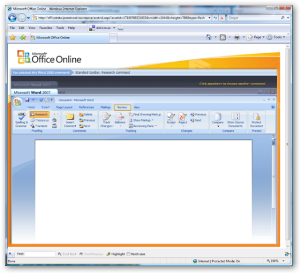 I'm loving Office 2007 more and more. It really does grow on you. For those of you who are having trouble finding stuff in the new Interface (and haven't discovered the automatic hotkey mapping - that's hot), there's a
I'm loving Office 2007 more and more. It really does grow on you. For those of you who are having trouble finding stuff in the new Interface (and haven't discovered the automatic hotkey mapping - that's hot), there's a